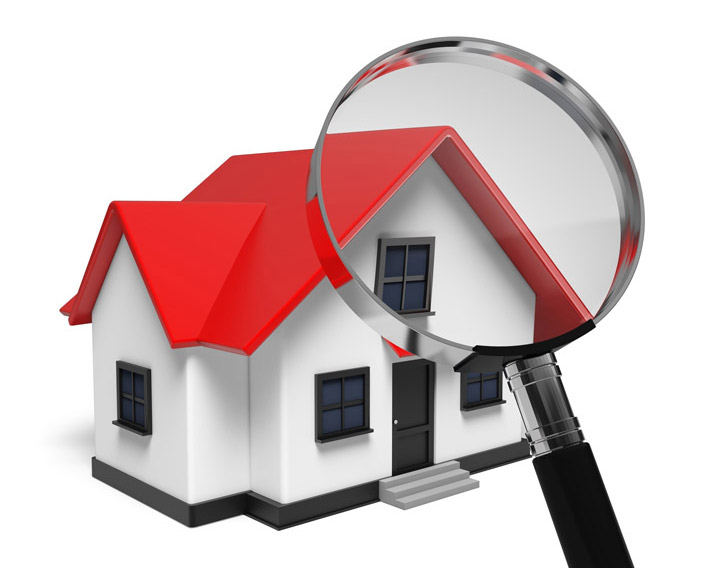
Comprehending AppraisalsTheir home's purchase can be the most important financial decision many may ever make. Whether it's a main residence, an additional vacation home or an investment, the purchase of real property is a complex transaction that requires multiple people working in concert to see it through. Practically all the people participating are quite familiar. The real estate agent is the most known face in the transaction. Then, the mortgage company provides the money needed to bankroll the exchange. And ensuring all areas of the transaction are completed and that a clear title passes to the buyer from the seller is the title company. So, who's responsible for making sure the value of the real estate is in line with the purchase price? In comes the appraiser. We provide an unbiased estimate of what a buyer might expect to pay — or a seller receive — for a property, where both buyer and seller are informed parties. A licensed, certified, professional appraiser from Appraisal Metrics will ensure, you as an interested party, are informed. The inspection is where an appraisal startsTo ascertain an accurate status of the property, it's our duty to first perform a thorough inspection. We must actually view features, such as the number of bedrooms and bathrooms, the location, amenities, etc., to ensure they truly are there and are in the shape a typical buyer would expect them to be. To ensure the stated square footage is accurate and convey the layout of the property, the inspection often entails creating a sketch of the floorplan. Most importantly, we look for any obvious features - or defects - that would affect the value of the house. Once the site has been inspected, an appraiser uses two or three approaches to determining the value of real property: paired sales analysis and, in the case of a rental property, an income approach. 
Replacement CostThis is where we analyze information on local construction costs, labor rates and other factors to determine how much it would cost to replace the property being appraised. This estimate commonly sets the maximum on what a property would sell for. The cost approach is also the least used predictor of value. 
Sales ComparisonAppraisers become very familiar with the communities in which they appraise. They thoroughly understand the value of particular features to the residents of that area. Then, the appraiser researches recent sales in close proximity to the subject and finds properties which are 'comparable' to the subject at hand. Using knowledge of the value of certain items such as remodeled rooms, types of flooring, energy efficient items, patios and porches, or additional storage space, we add or subtract from each comparable's sales price so that they are more accurately in line with the features of subject.
An opinion of what the subject could sell for can only be determined once all differences between the comps and the subject have been evaluated. When it comes to putting a value on features of homes in Novi and Oakland, Appraisal Metrics is your local authority. The sales comparison approach to value is typically given the most importance when an appraisal is for a real estate sale. Valuation Using the Income ApproachA third way of valuing a property is sometimes employed when an area has a reasonable number of rental properties. In this scenario, the amount of revenue the property generates is factored in with other rents in the area for comparable properties to determine the current value. ReconciliationCombining information from all applicable approaches, the appraiser is then ready to document an estimated market value for the property in question. It is important to note that while the appraised value is probably the strongest indication of what a property is worth, it probably will not be the price at which the property closes. Prices can always be driven up or down by extenuating circumstances like the motivation or urgency of a seller or 'bidding wars'. But the appraised value is often employed as a guideline for lenders who don't want to loan a buyer more money than they could get back in case they had to put the property on the market again. At the end of the day, an appraiser from Appraisal Metrics will help you discover the most fair and balanced property value, so you can make profitable real estate decisions. |